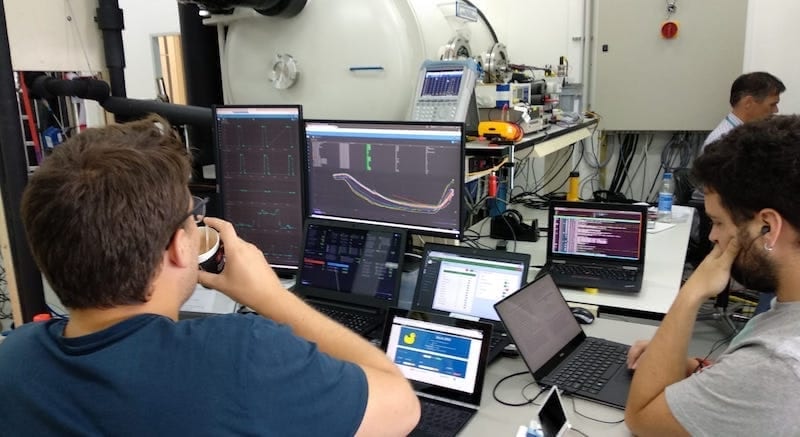Lume-1 Faces Tests Prior to its Launch to Space
February 6, 2018

Since the construction of the different parts of the Lume-1 and to this day, we have been testing the CubeSat subsystems: on-board computer, solar panels, Totem (the payload) and batteries.
After testing the correct functioning of each of the pieces, we will proceed to mount the nanosatellite in the clean chamber in mid-April of this year. Once the Lume-1 is completed in its entirety, the team will submit it to thermo-vacuum and vibration tests to make sure it is strong enough to withstand the conditions it will experience in its launch and orbit. Thus, the systems that supply energy to the satellite, those that provide propulsion, positioning or telemetry are key components that can not be altered under any circumstances.
Once meticulously verified that each of the components of the nanosatellite performs its function perfectly, the first simulation of the FireRS project will be made from the ground prior to its launch and put into orbit.
Meanwhile, in Alén Space we continue with the search for the best possible alternative to send the nanosatellite to space. After analyzing all the possible options in Europe, China, India or America, and as the selection processes progressed, the Falcon 9 launcher, from Space X, and the Polar Satellite Launch Vehicle, from the Indian Space Agency, have become in our main options.
